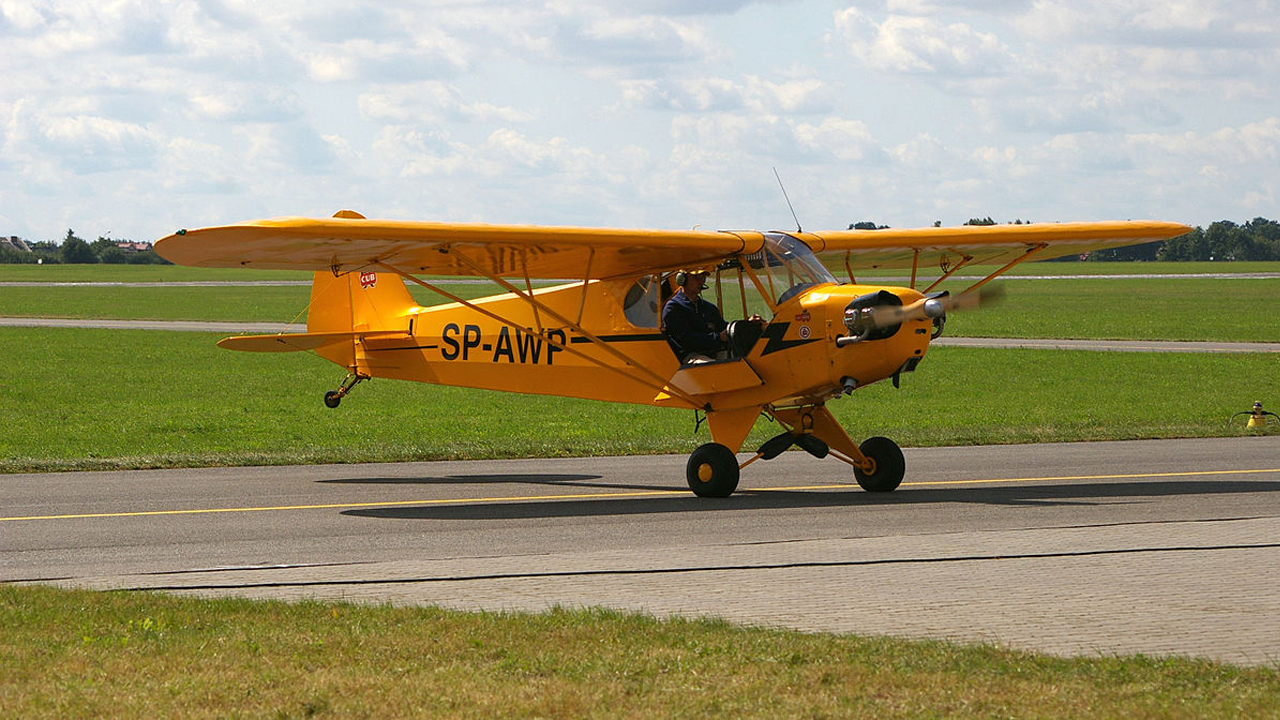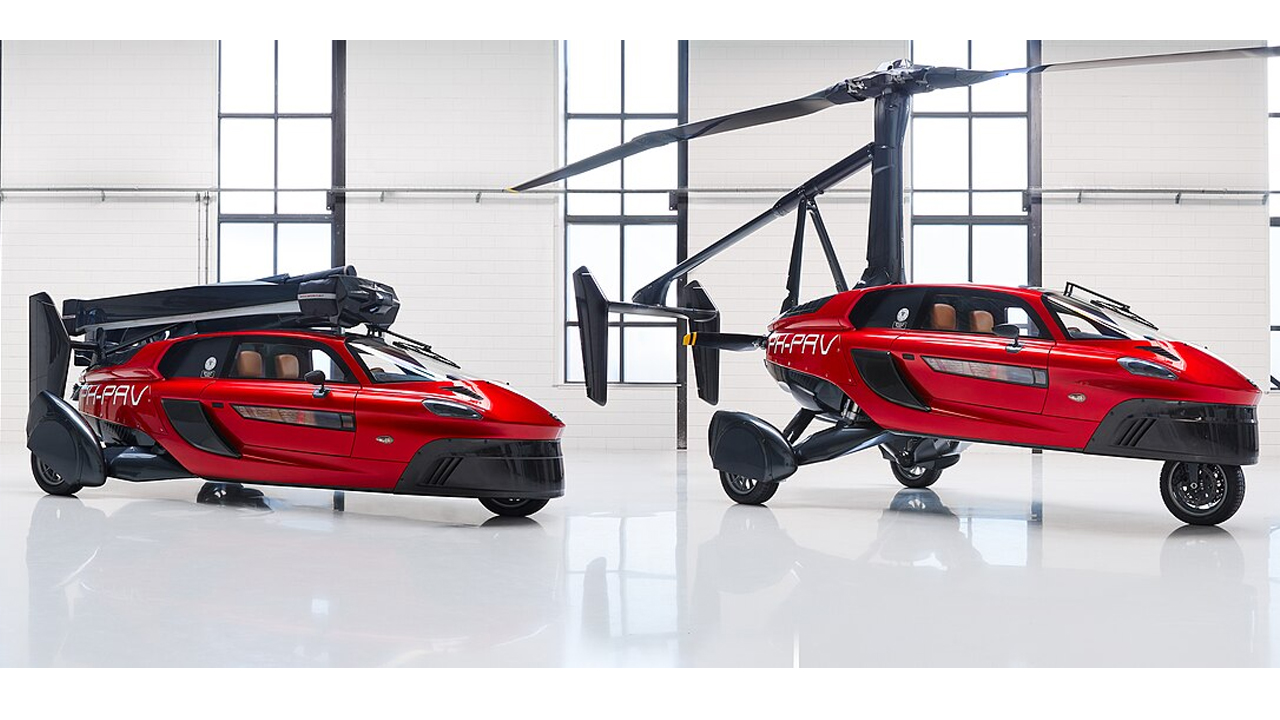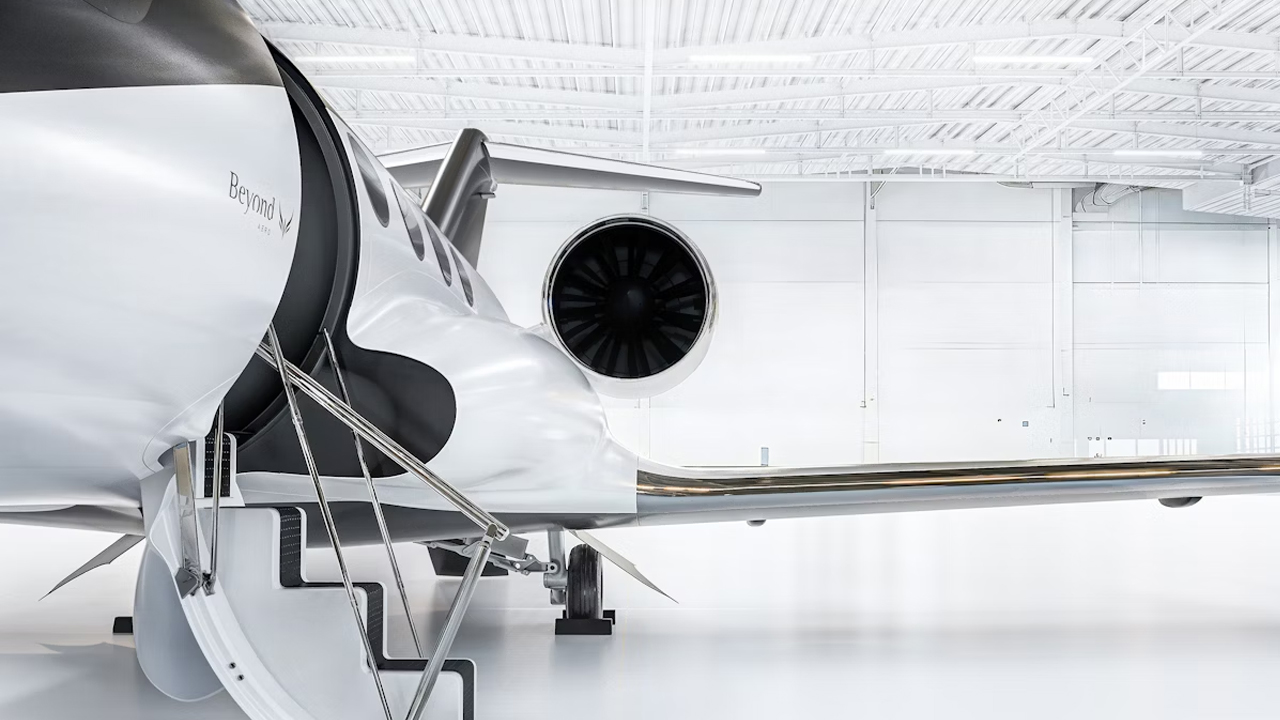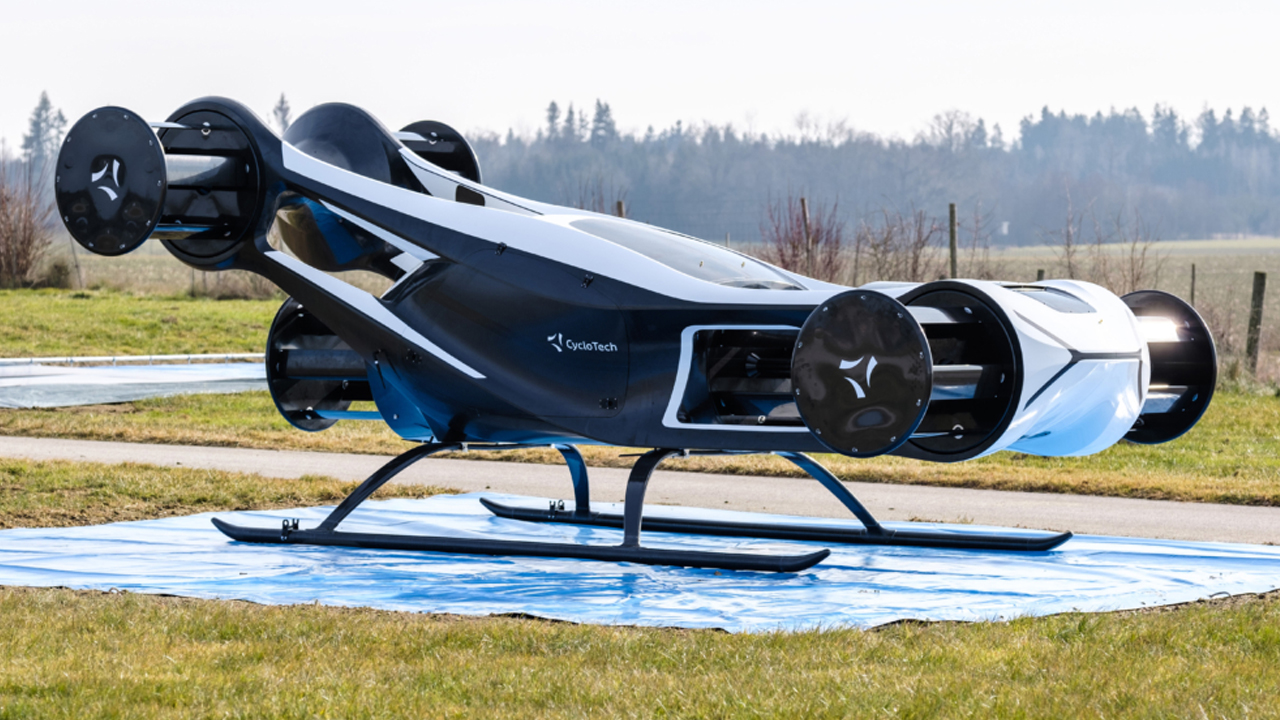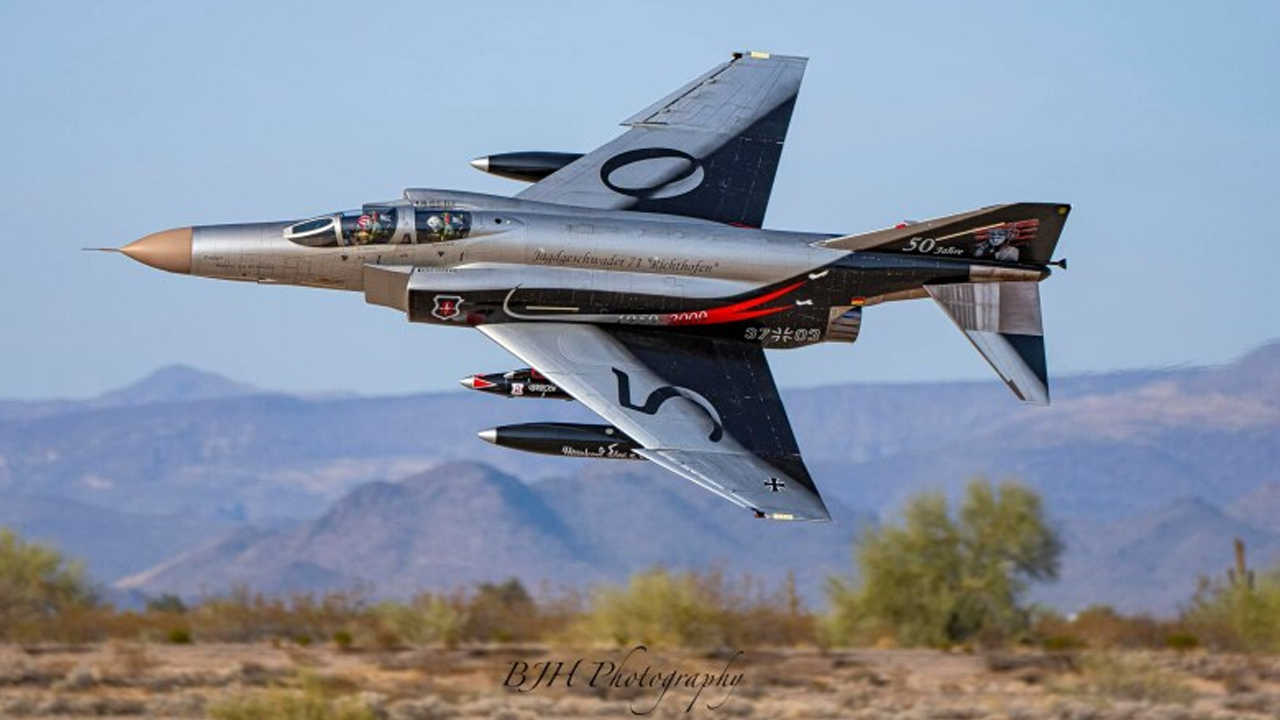The Piper Cub isn’t just a classic—it’s one of the most recognizable training aircraft in aviation history. Built with simplicity in mind, it gave thousands of pilots their first real taste of flight. But what really set it apart? It wasn’t just the look or the legacy. The Cub had a handful of practical features that made it perfect for learning the ropes. If you’ve ever wondered why this little yellow plane earned such a big reputation, here are five features that made it stand out in the trainer world.
Lightweight Simplicity
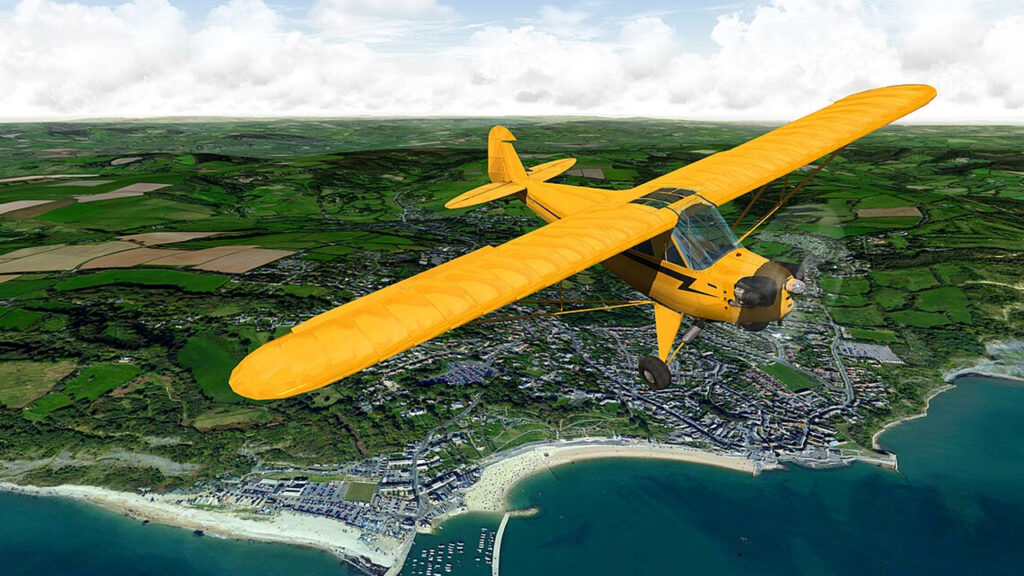
The Piper J-3 Cub stands out for its straightforward design, featuring a welded steel tube fuselage covered in fabric. This construction keeps the aircraft light, contributing to its excellent low-speed handling and short-field performance. The high-wing, strut-braced monoplane design enhances stability and provides good visibility, which is particularly beneficial for training purposes. (Source: Aviation Heritage Park)
Powered by a 65-horsepower Continental A-65 engine, the Cub achieves a cruise speed of around 75 mph. Its stall speed is notably low at 33 knots, making it forgiving for novice pilots. The aircraft’s simplicity extends to its systems, which are easy to maintain and operate, making it an ideal platform for learning the fundamentals of flight. (Source: GlobalAir)
Tandem Seating Arrangement
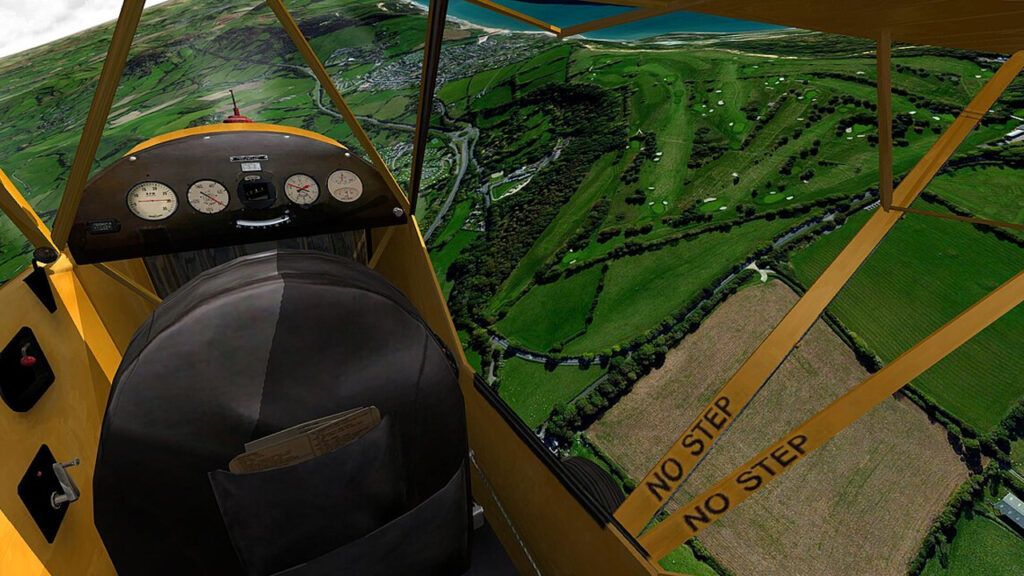
The Cub’s tandem seating, with the student in the front and instructor in the rear, offers a unique training environment. This configuration provides the student with an unobstructed forward view, closely mimicking solo flight conditions. It also allows the instructor to monitor and guide without interfering with the student’s control inputs.
While this setup requires clear communication between instructor and student, it effectively prepares trainees for solo flight. The arrangement emphasizes the importance of verbal instruction and fosters a strong foundational understanding of aircraft control.
Affordability and Accessibility
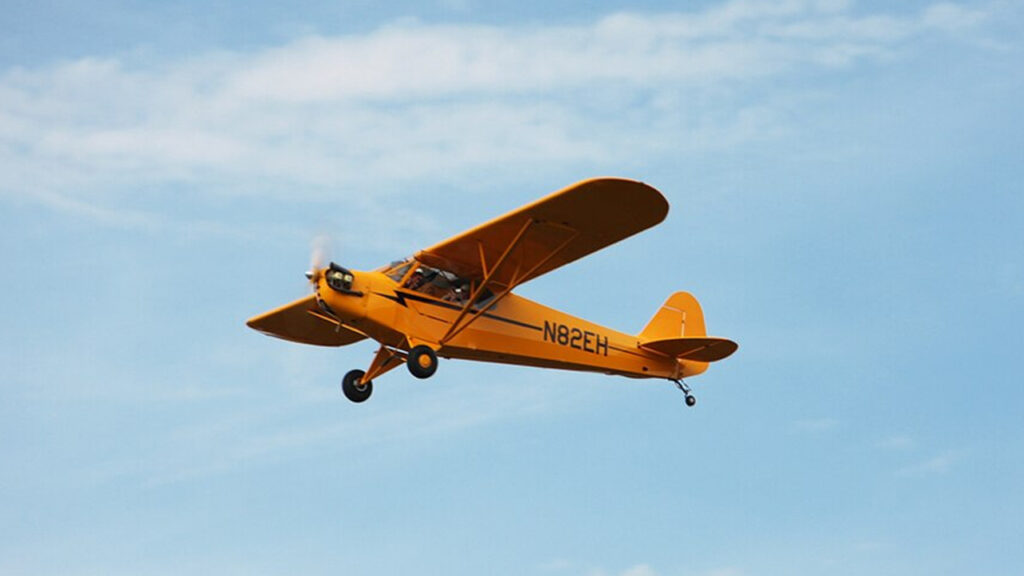
Introduced in the late 1930s, the Piper Cub was priced around $1,300, making it accessible to a broad segment of aspiring pilots. Its affordability contributed to the democratization of flight training in the United States. (Source: Simple Flying)
Operating costs were equally economical, with the Cub consuming approximately 4–5 gallons of fuel per hour. This low fuel consumption, coupled with minimal maintenance requirements, made it a cost-effective choice for flight schools and private owners alike.
Historical Significance
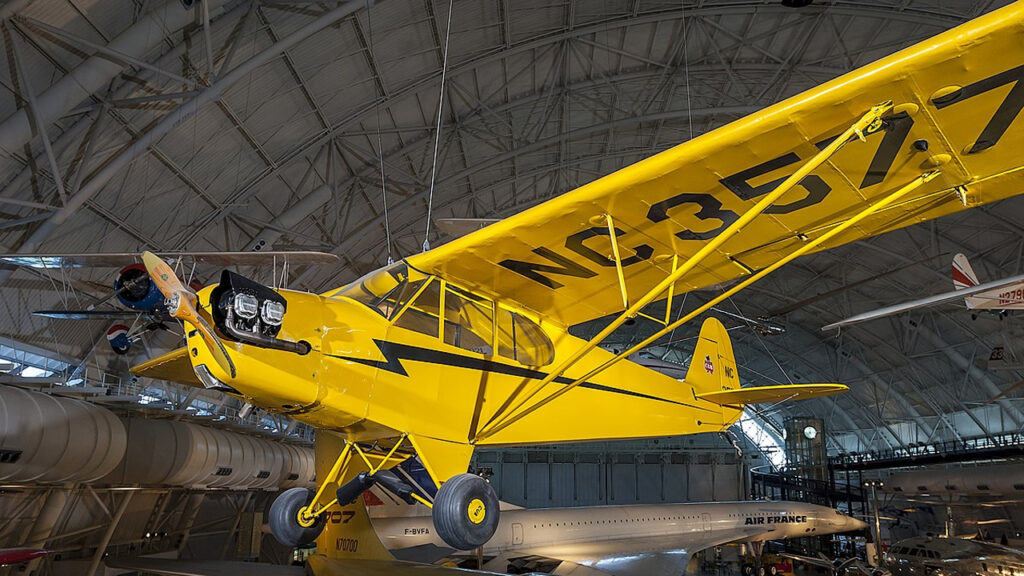
The Piper Cub played a pivotal role during World War II, serving as a primary trainer for military pilots. Approximately 75% of U.S. military pilots received their initial flight training in Cubs. (Source: Piper)
Beyond training, the Cub was adapted for various military roles, including reconnaissance and liaison duties, under the designation L-4 Grasshopper. Its versatility and reliability cemented its place in aviation history.
Iconic Design and Legacy

The Cub’s bright yellow paint, known as “Cub Yellow” or “Lock Haven Yellow,” has become synonymous with the aircraft itself. This distinctive color scheme enhances visibility and has contributed to the Cub’s enduring recognition. (Source: Piper)
The aircraft’s design simplicity and effectiveness have inspired numerous replicas and modern interpretations, such as the Wag-Aero CUBy. These contemporary versions pay homage to the original while incorporating modern materials and technologies. (Source: Wikipedia)


